Storms can be particularly harsh on roofs, causing significant damage that can lead to expensive repairs. Homeowners in Eastern Iowa and the Greater Des Moines area are no strangers to severe weather conditions, making it crucial to take proactive steps in protecting their roofs. This guide outlines key preventative measures to safeguard your roof from storms, ensuring the longevity and integrity of your home.
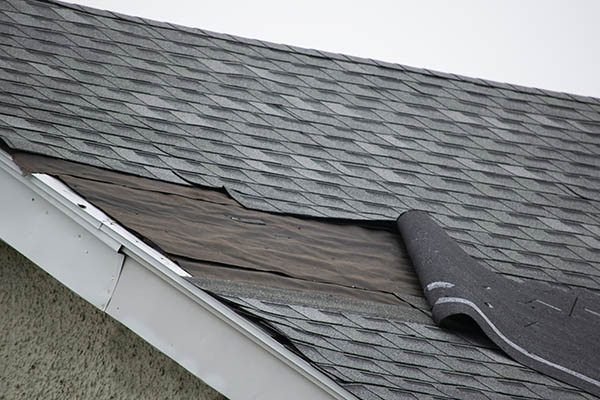
Regular Roof Inspections
Frequency Conducting regular roof inspections is essential for identifying potential issues before they escalate. Aim to inspect your roof at least twice a year, preferably in the spring and fall, as well as after any major storm.
Inspection Checklist
- Shingles: Check for any signs of damage such as cracks, curling, or missing shingles.
- Flashing: Ensure that flashing around chimneys, vents, and skylights is secure and free of damage.
- Gutters: Clear gutters of debris to prevent water backup that can damage the roof and foundation.
- Soffits and Fascia: Look for signs of rot or damage, which can compromise the roof’s structure.
Reinforcing Roofing Materials
Quality Materials Using high-quality roofing materials can make a significant difference in how well your roof withstands storms. Consider materials that are specifically designed for durability and weather resistance.
Roofing Underlayment Install a durable roofing underlayment as an extra layer of protection against water infiltration. This barrier helps to prevent leaks even if the shingles above are damaged.
Impact-Resistant Shingles Invest in impact-resistant shingles, which are designed to withstand the impact of hail and flying debris. These shingles can reduce the likelihood of damage during severe storms.
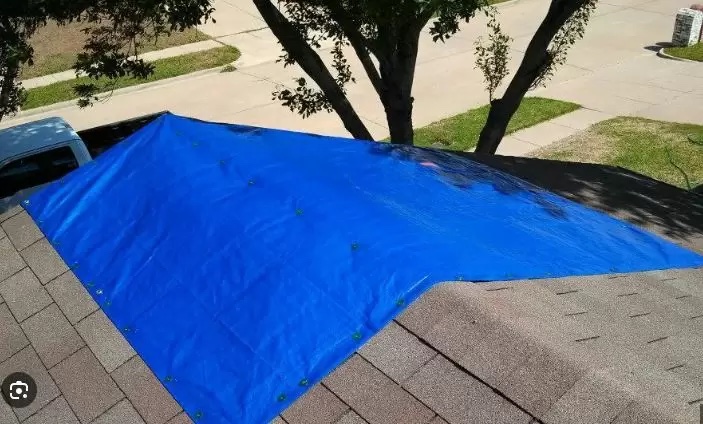
Securing Roof Components
Fasteners and Nails Ensure that all fasteners and nails are properly installed and secure. Loose fasteners can lead to shingle detachment during high winds.
Roof Anchors For homes in areas prone to high winds, consider installing roof anchors. These devices provide additional stability and can help prevent the roof from being lifted off during a storm.
Bracing Roof Trusses Properly braced roof trusses can provide extra support to your roof structure, making it more resistant to strong winds and heavy rain.
Proper Attic Ventilation
Ventilation Importance Adequate attic ventilation is crucial for maintaining the health of your roof. Proper ventilation prevents moisture buildup, which can weaken roofing materials and lead to mold growth.
Vent Types
- Ridge Vents: Installed along the peak of the roof, allowing warm air to escape.
- Soffit Vents: Located under the eaves, allowing cool air to enter.
- Gable Vents: Placed on the gable ends of the roof, providing cross ventilation.
Trimming Surrounding Trees
Risk of Overhanging Branches Overhanging tree branches can pose a significant risk to your roof during storms. Branches can break off and cause damage to shingles and other roof components.
Tree Maintenance Regularly trim trees and remove any dead or weakened branches. Ensure that tree limbs are at least 10 feet away from the roof to minimize the risk of damage.
Installing Storm Shutters
Window Protection Storm shutters can protect your windows from flying debris during severe storms. This protection can also prevent water from entering your home and causing damage to the roof from the inside.
Types of Storm Shutters
- Accordion Shutters: Fold out from the sides of windows and doors.
- Bahama Shutters: Hinged at the top and prop open.
- Colonial Shutters: Attached to the sides of windows and swing closed.
Regular Gutter Maintenance
Importance of Clean Gutters Clean gutters are essential for proper water drainage. Clogged gutters can cause water to back up and seep under the roof, leading to water damage.
Gutter Cleaning Tips
- Regular Cleaning: Clean gutters at least twice a year, and more frequently if you have overhanging trees.
- Gutter Guards: Consider installing gutter guards to reduce the amount of debris that enters the gutters.
- Downspout Inspection: Ensure that downspouts are clear and direct water away from the foundation.
Preventing storm damage to your roof involves regular maintenance, proper installation of roofing materials, and taking proactive measures to reinforce the roof’s structure. By following these guidelines, homeowners in Eastern Iowa and the Greater Des Moines area can protect their roofs and homes from the damaging effects of severe weather. For professional roofing services and expert advice, visit Robison Construction and Roofing.
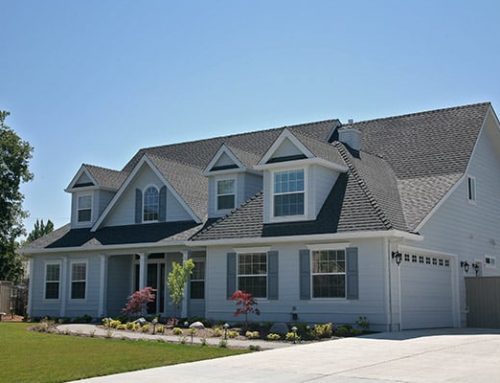
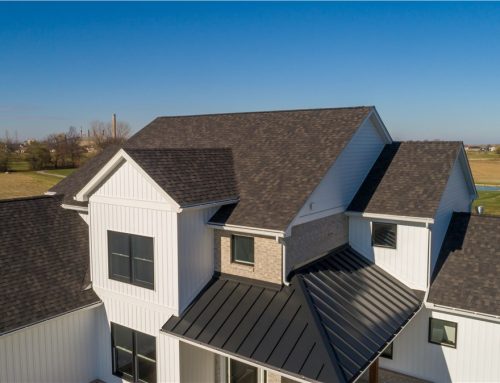
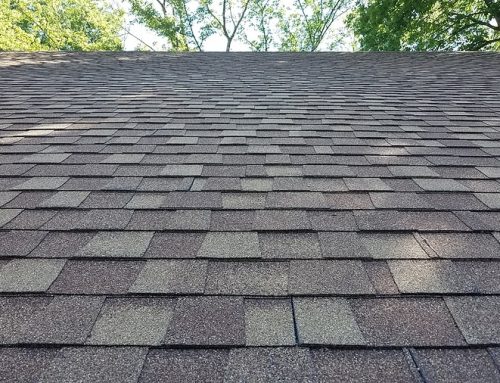
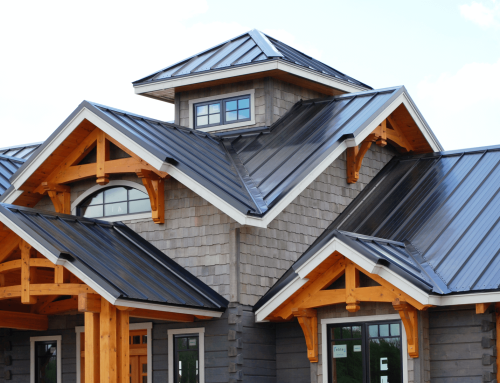
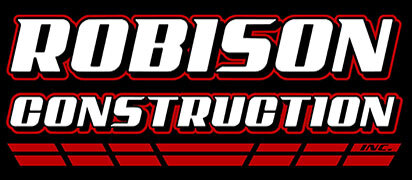
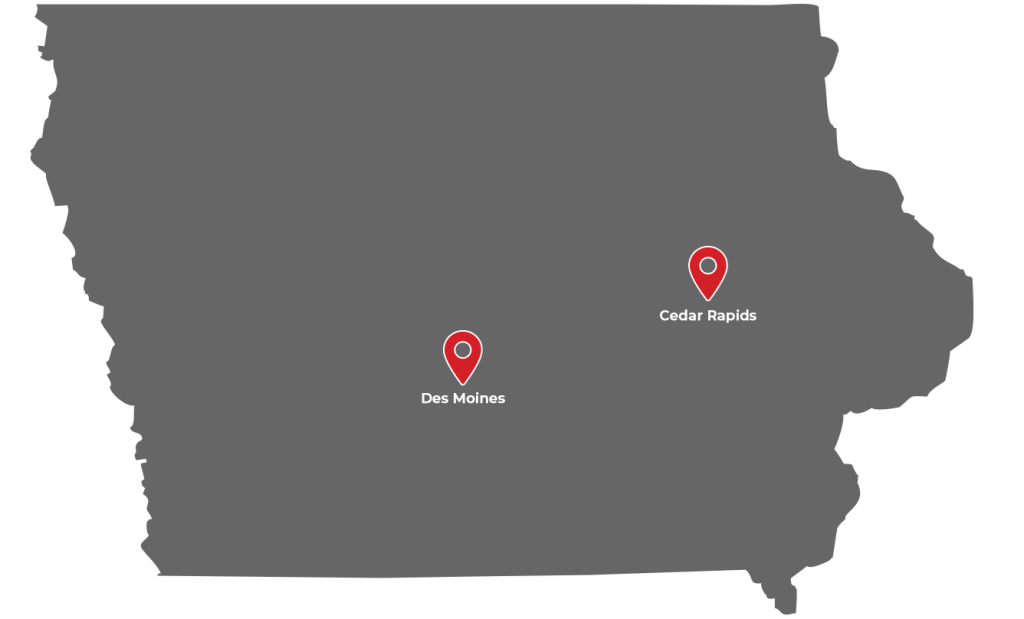
Leave A Comment